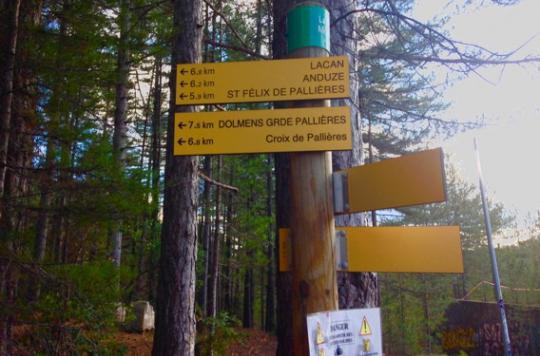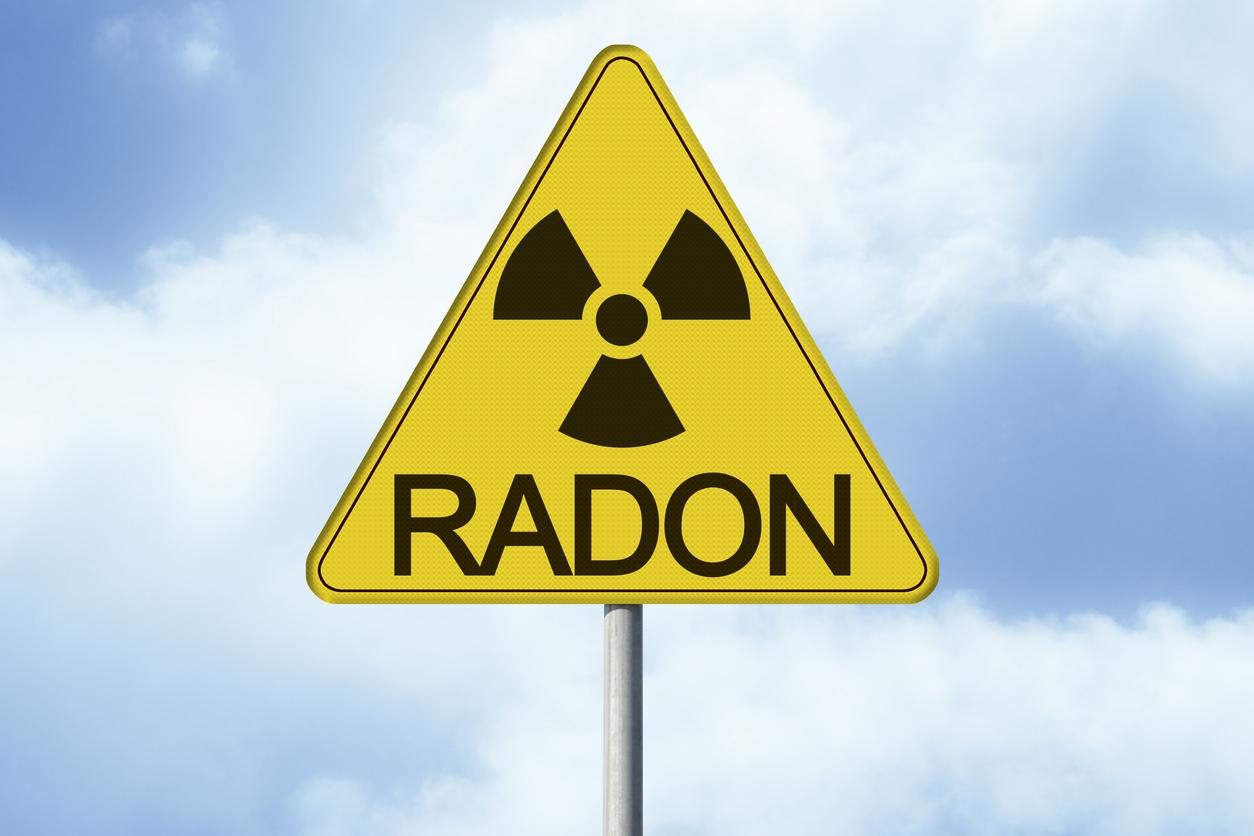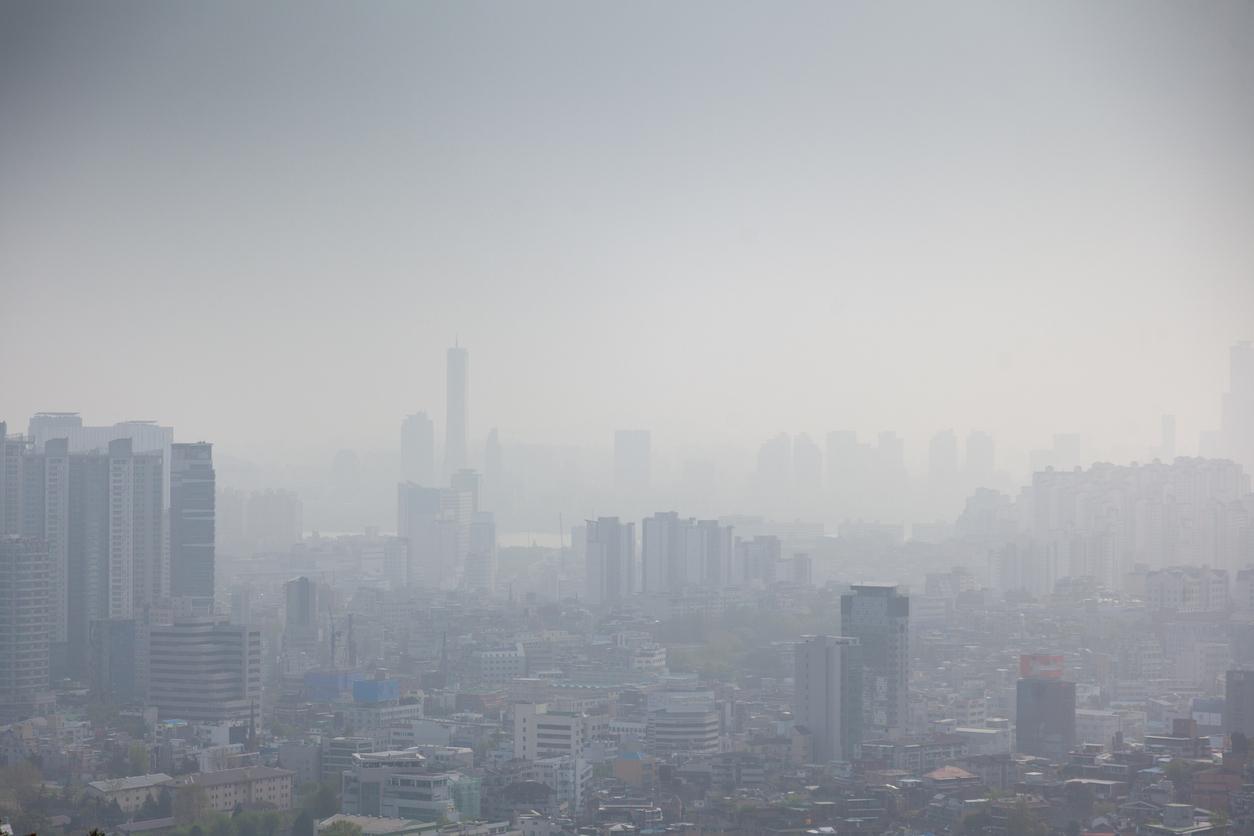After discovering the presence of heavy metals in their body, the inhabitants of several municipalities located near former mining sites will file a complaint.

They want to get justice, to understand what happened. In Saint-Félix-de-Pallières, a small town perched on the Cevennes heights, the concern was visible on the faces this Thursday afternoon.
Thirty local residents gathered in the town hall to discuss the mining pollution issue, a few days after learning that traces of heavy metals had been detected in their biological fluids.
Lead, arsenic …
In fact, in early February, the Regional Health Agency (ARS) of Languedoc-Roussillon-Midi-Pyrénées reported that 46 people had high levels of arsenic, cadmium and lead. Among them are children.
Five municipalities are affected by this alert: Saint-Sébastien-d’Aigrefeuille, Générargues, Saint-Félix-de-Pallières, Thoiras and Tornac. Residents of the town of Anduze are also among those infected. Only people with very high levels were personally contacted by the ARS, but numerous biological analyzes reveal quantities above the standards.
“Release responsibilities”
In the area, mining activity ceased in 1971, but its consequences are likely to last for a long time to come. This Thursday, the residents came to meet Maître Marie-Odile Bertella-Geffroy, former investigating judge of the Public Health department at the Tribunal de Grande Instance of Paris, converted into a lawyer for a year.
Twenty residents are preparing to take legal action – a criminal complaint will be filed over the next week for “endangering the lives of others”, “unintentional injuries” and “water pollution »From the prosecution of the Marseille health center.
“It is a question of releasing responsibilities over the years,” explained the lawyer, who came from Paris to meet the plaintiffs. What did we know? Who knew? Who hasn’t done anything? The judicial inquiry should make it possible to answer these questions ”.
A case comparable to asbestos in France
For the former investigating judge, this case resembles in many ways that of asbestos in France, which she herself investigated. “We knew as early as 1906 that asbestos was toxic, that workers died in factories, working in contact with it. There was a deafening silence on this file ”.
What about the mines of the Gard? As early as 2004, a public report pointed to very high soil and water pollution, and mentioned a high risk of contamination of populations by water, land and air. The inhabitants of the affected municipalities were not warned of this risk until ten years later.
Today, they therefore claim compensation. Compensation could be paid fairly quickly, before the end of the legal proceedings which may drag on, the lawyer further explained. The delicate question of the decontamination of the place was also raised by the inhabitants. “We must stop being exposed to these metals,” they say, referring to all these strange cases of cancer around them, which strike young subjects. “We can’t help but make the connection …”
.

















